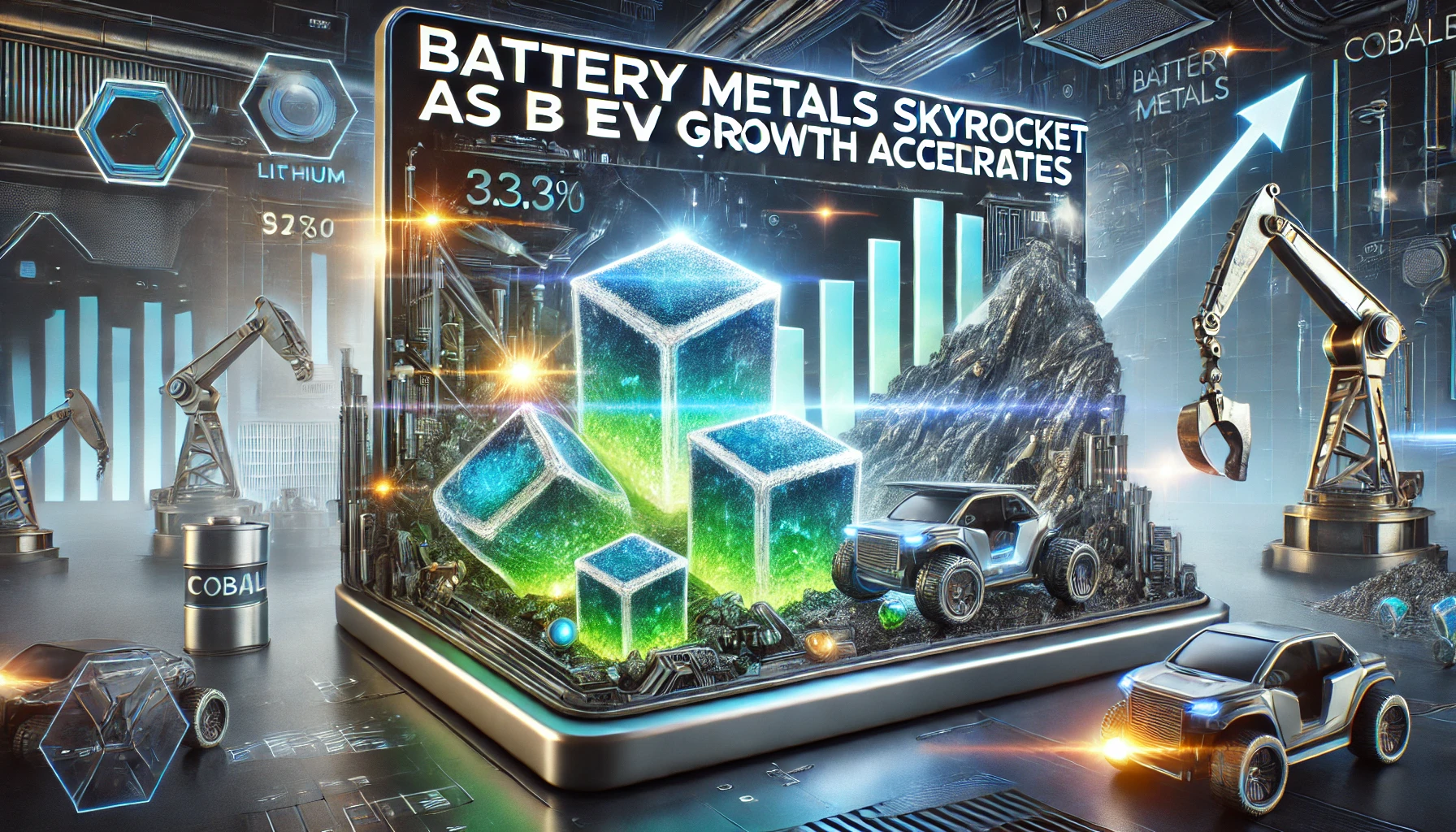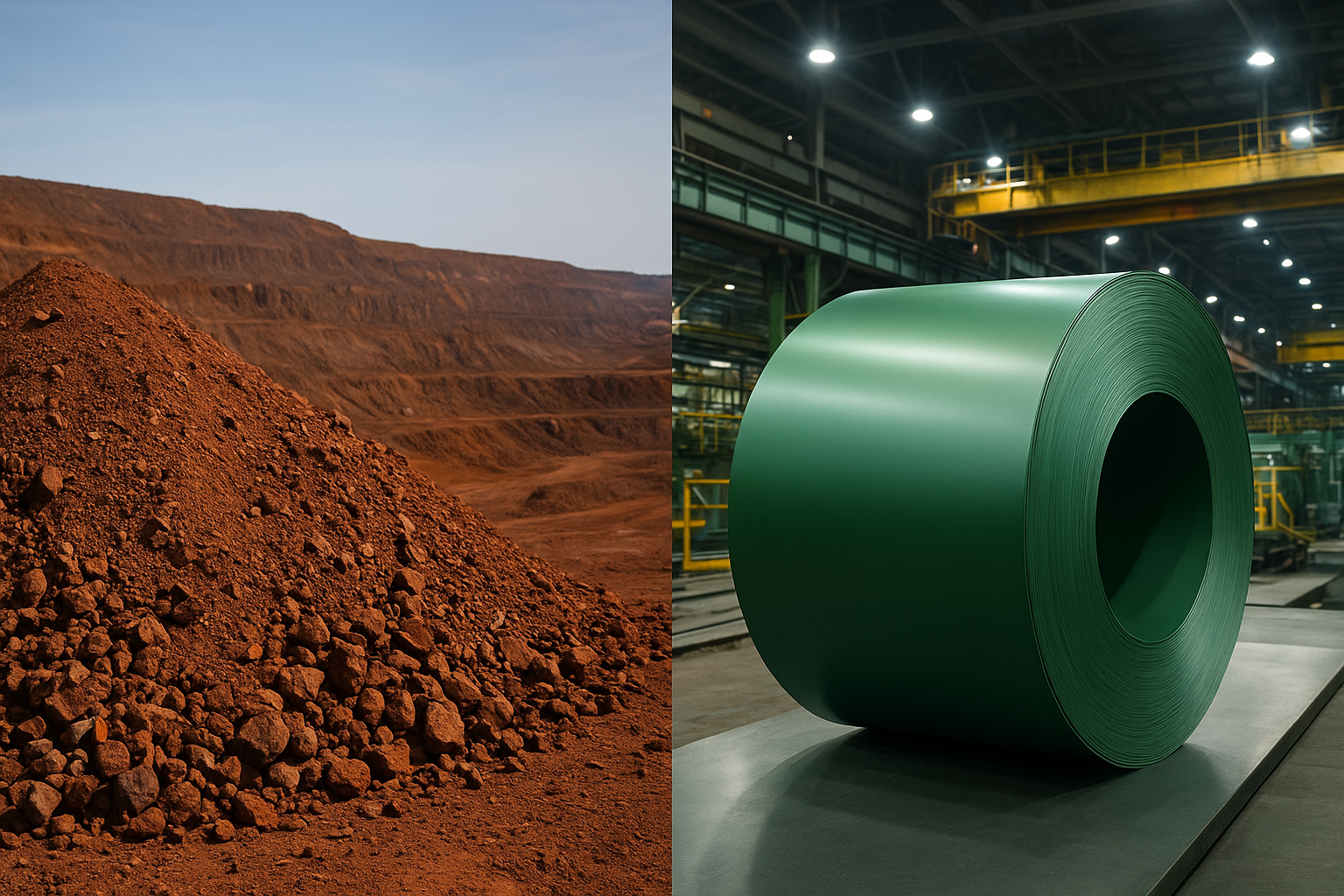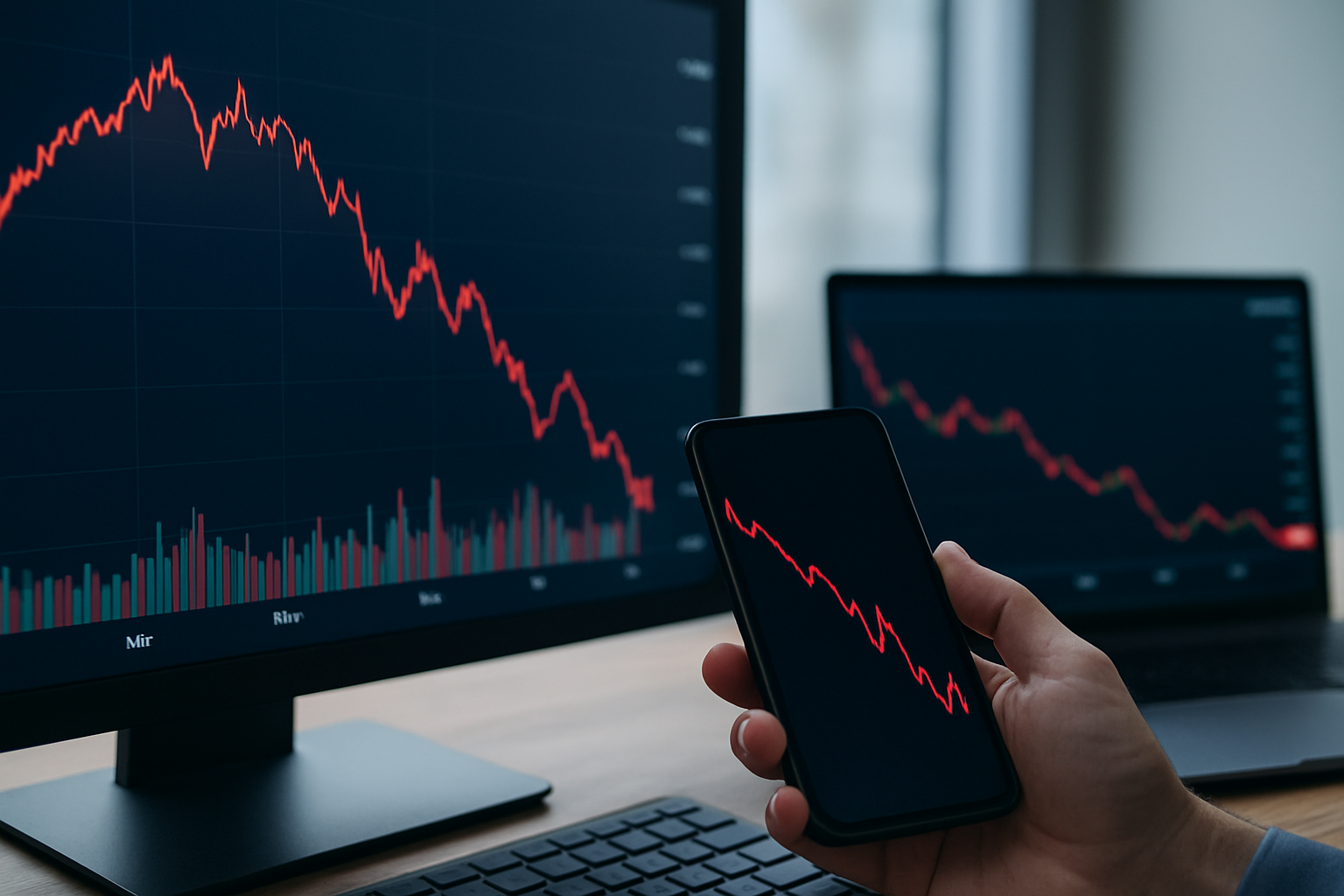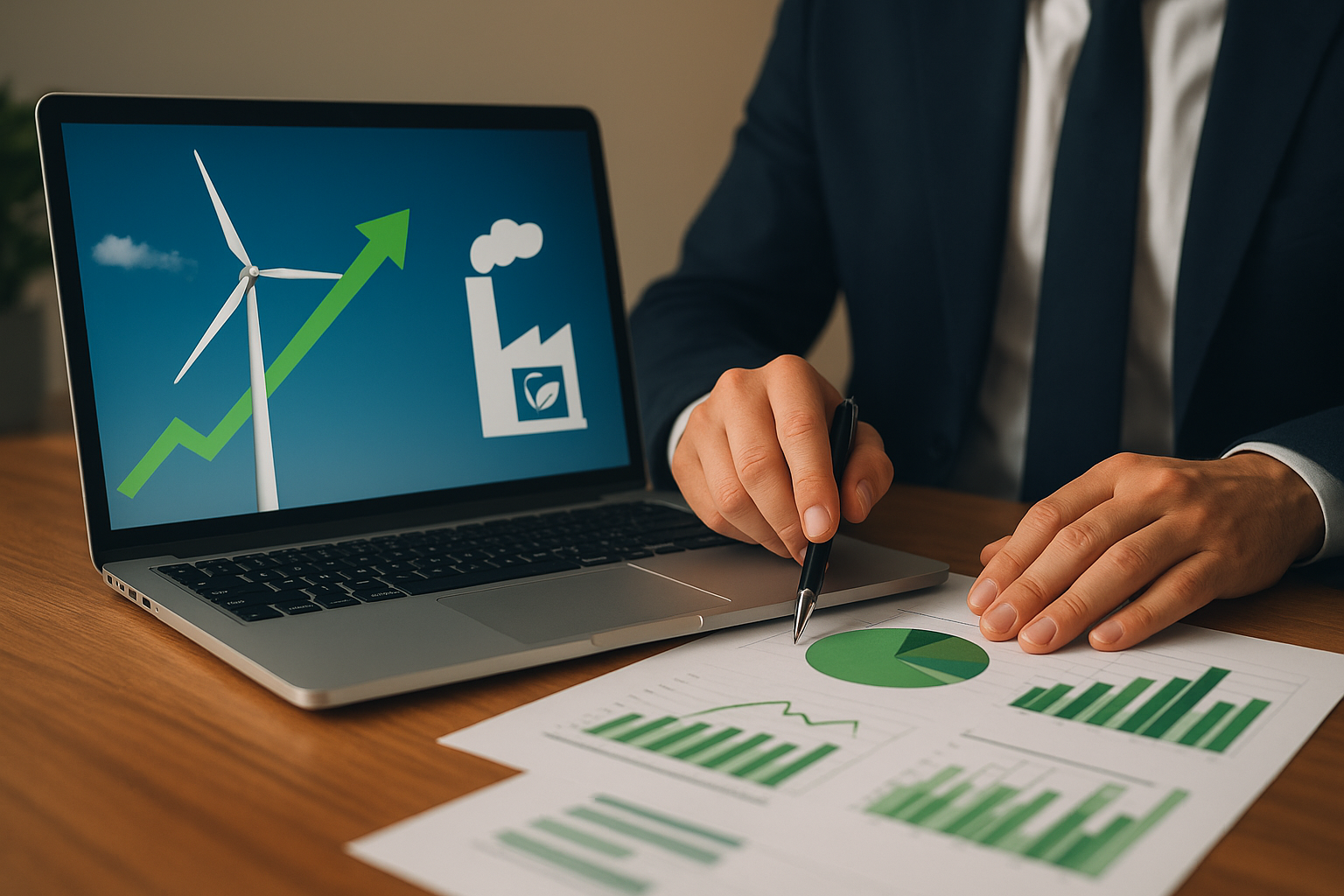McKinsey & Company has just released a groundbreaking report on battery metals, and it’s causing waves in the investment community. The report highlights a staggering growth projection for battery electric vehicles (BEVs) from 4.5 million units in 2021 to 30 million by 2030—a sixfold increase that is set to reshape global markets for critical battery materials.
The Coming Supply Crunch
The report’s key takeaway is clear: demand for essential metals such as lithium, nickel, manganese, and cobalt will far outstrip supply, creating a potential supply nightmare for the industry. In McKinsey’s words, “Demand will outpace base-case supply for certain materials.”
Translation? We’re heading for a shortage, and prices for these materials are poised to soar.
A Reverse Moore’s Law in Mining
The early stages of BEV production were challenging but manageable. Scaling from 100,000 to 150,000 vehicles, or even 3 million to 4.5 million, was tough but achievable. However, the leap from 10 million to 30 million BEVs over the next few years represents a whole new level of complexity.
Unlike Moore’s Law, which predicts exponential growth in technology efficiency, mining operates under the opposite conditions. Scaling up mining operations to meet this exponential growth in demand for battery metals is an arduous, time-intensive process. McKinsey’s report likens the challenge to a “reverse Moore’s Law” in mining—a race against time to extract enough raw materials to meet skyrocketing demand.
The Lithium Problem
Lithium, the linchpin of modern batteries, is at the heart of the supply challenge. While lithium prices have recently collapsed, falling by as much as 80% from their peaks, McKinsey’s analysis suggests that this is merely a temporary reprieve. The firm forecasts a return to high-demand scenarios as BEV production ramps up.
“With the shift toward lithium-heavy batteries, lithium mining will need to ramp up big time to meet demand by 2030,” the report states. In other words, even with today’s relatively low prices, the long-term demand trajectory remains steeply upward.
Why Today Looks Easy
Despite the current abundance of these materials, McKinsey’s report paints a sobering picture of what’s to come. Compared to the supply strains anticipated in the next decade, today’s challenges look like a golden age of abundance. “Scaling BEV production from 4.5 million to 30 million is a completely different ball game,” the report warns.
What This Means for Investors
For investors, the implications are enormous. Rising prices for lithium, nickel, manganese, and cobalt present opportunities for those positioned in mining stocks or ETFs tied to these materials. However, the supply-side bottlenecks also pose risks for BEV manufacturers, who may face significant cost increases and production delays.
Here are three key takeaways for your portfolio:
- Invest in Mining: Companies involved in lithium and nickel mining are likely to see significant upside as demand surges.
- Watch Battery Tech: While new battery technologies could alleviate some pressure, McKinsey cautions against relying on breakthroughs to solve the supply problem in the short term.
- Diversify Within EVs: Exposure to BEV manufacturers with diversified supply chains or strategic partnerships in mining could mitigate risks.
Looking Ahead
As BEV production accelerates, the battery metals market is set to become one of the most dynamic and volatile sectors in the global economy. Investors should keep a close eye on developments in both supply chain management and technological innovation.
At Money News Today, we’ll continue to monitor this unfolding story, bringing you insights and strategies to navigate the opportunities and challenges ahead.





